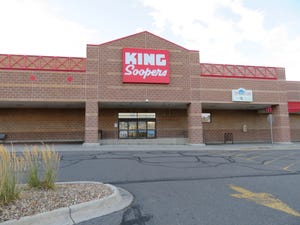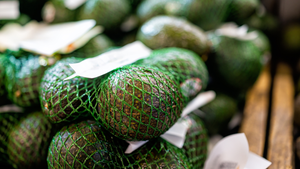How Hy-Vee is managing its FSMA complianceHow Hy-Vee is managing its FSMA compliance
The grocer is paying close attention to Section 204
.png?width=1280&auto=webp&quality=95&format=jpg&disable=upscale)
Hy-Vee, Inc., the super-regional retail grocery operator, is widely known as a leading innovator in the industry, deploying the latest technology and processes to engage shoppers and improve performance. The c-suite at the company pays particularly close attention to food safety. Chris Gindorff, Hy-Vee’s vice president, Compliance and Food Protection, recently responded to questions on the chain’s Food Safety Modernization Act compliance activities, paying close attention to Section 204, which goes into effect in January of 2026.
When did you start working on section 204 compliance?
We initially began discussing the potential requirements of Rule 204 in 2019 as part of a Retail Traceability Leadership Consortium [with ReposiTrak]. We worked to piece together the requirements that would be needed to create an end-to-end traceable record. We then began piecing together our programs in early 2023 knowing that this initiative would take a lot of time and involve an abundance of suppliers and connections that needed to be established if we expected to meet the January 2026 compliance date.
Why was it important for you to start then?
This is an enormous task and involves many moving parts. Not all suppliers have electronic record keeping. We needed to figure out how to collect the necessary KDEs (Key Data Elements) along the path of traceability with all supplier partners and are continuing to work on this.
What specifics can you share about the development and execution of your process for compliance?
We identified a partner early on that understood the requirements under the FSMA Traceability Rule 204 to help us resolve issues and put the pieces of this puzzle together. We still have some work to do, but we feel good about our progress. Every grower, manufacturer and warehouse has their own unique way in which they identify items and lots. The biggest challenge we’ve faced has been figuring out how to best implement one core system for our company when there are so many different methods of tracking.
What departments in the company are involved?
We’ve involved multiple areas of our organization from our executives to our IT department to our warehouse receiving team. We’ve actively involved all stakeholders who have a part in providing and linking the data needed to successfully connect the chain.
How is top management involved?
Our top leadership understands the importance of having a sound traceability program. They have been involved from the beginning and remain active in ensuring we are moving toward project completion.
How are you training your teams for compliance?
A large piece of compliance involves communicating often with all stakeholders and having routine meetings and discussions around connectivity of the data coming in and going out. When we utilize the strength of all stakeholders, we can create a more seamless process at the most efficient level.
Do expect any other benefits from traceability beyond compliance?
We expect to see improved relationships with our vendors as we partner with them moving forward. We also expect to speed up our recall process when one occurs.
About the Author
You May Also Like






